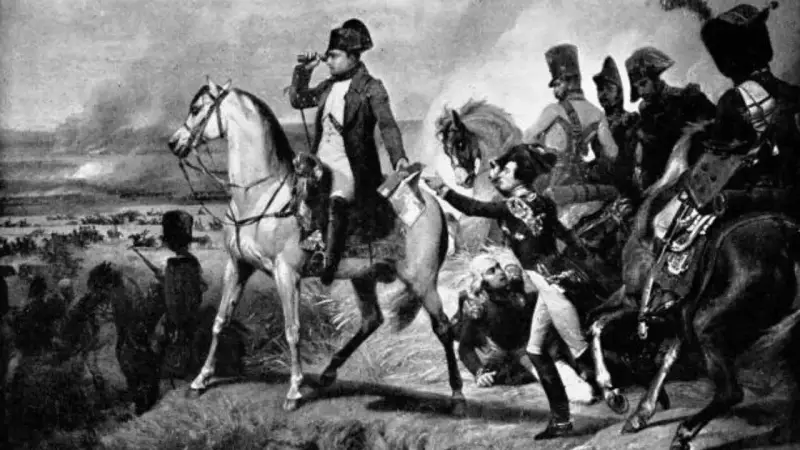
In a stunning revelation that rewrites history books, cutting-edge scientific research has finally uncovered the biological weapons that truly defeated Napoleon Bonaparte's legendary Grande Armée during its catastrophic 1812 Russian campaign. While history remembers the brutal Russian winter as the primary villain, new evidence points to microscopic enemies that proved far more deadly than any human foe.
The Silent Killers That Changed European History
An international team of researchers has conducted groundbreaking analysis on the dental pulp of soldiers who perished during Napoleon's infamous retreat from Moscow. Their findings, published in the Journal of Infectious Diseases, reveal that not one, but two devastating diseases systematically destroyed the French forces from within.
Typhus: The Invisible Army Slayer
The primary culprit identified was typhus, a ruthless bacterial infection spread by body lice that thrives in crowded, unsanitary conditions. As Napoleon's army marched deeper into Russian territory, soldiers packed tightly in camps became perfect breeding grounds for this merciless killer.
Symptoms that crippled the army:
- High fever reaching 40°C (104°F)
- Severe headache and muscle pain
- Characteristic rash covering the body
- Delirium and neurological complications
- Mortality rates reaching 40% in untreated cases
Trench Fever: The Secondary Assassin
Researchers also detected evidence of trench fever, another louse-borne illness that would later plague soldiers during World War I. This disease, while less fatal than typhus, caused debilitating symptoms that rendered soldiers incapable of fighting or marching.
"The combination of these two diseases created a perfect storm of biological warfare that Napoleon's medical corps was completely unprepared to handle," explained Dr. Michel Signoli, lead researcher on the project.
Scientific Breakthrough Through Ancient DNA
The research team employed sophisticated paleomicrobiology techniques to extract and analyze genetic material from the teeth of 35 soldiers discovered in a mass grave in Vilnius, Lithuania. Dental pulp, protected within teeth, preserves evidence of blood-borne infections long after soft tissues have decomposed.
Key findings from the genetic analysis:
- 29% of tested soldiers showed evidence of typhus infection
- Additional cases of trench fever identified
- Multiple infections common among the remains
- Disease prevalence increased as the retreat progressed
Rethinking Historical Narratives
This research fundamentally challenges the traditional understanding of Napoleon's defeat. While the Russian winter certainly contributed to the disaster, the scientific evidence now suggests that disease had already weakened the army long before temperatures dropped.
"We're looking at a scenario where Napoleon didn't just lose to Russian strategy or weather—he lost to microorganisms his army couldn't see, understand, or combat," noted Professor Carole Rifkind, a military historian not involved in the study.
The study provides crucial insights into how infectious diseases have shaped human history, influencing the outcomes of wars and the fate of empires. As researchers continue to apply modern scientific methods to historical mysteries, we may discover that many pivotal moments in history were determined not by swords or strategy, but by the invisible microbial world.





